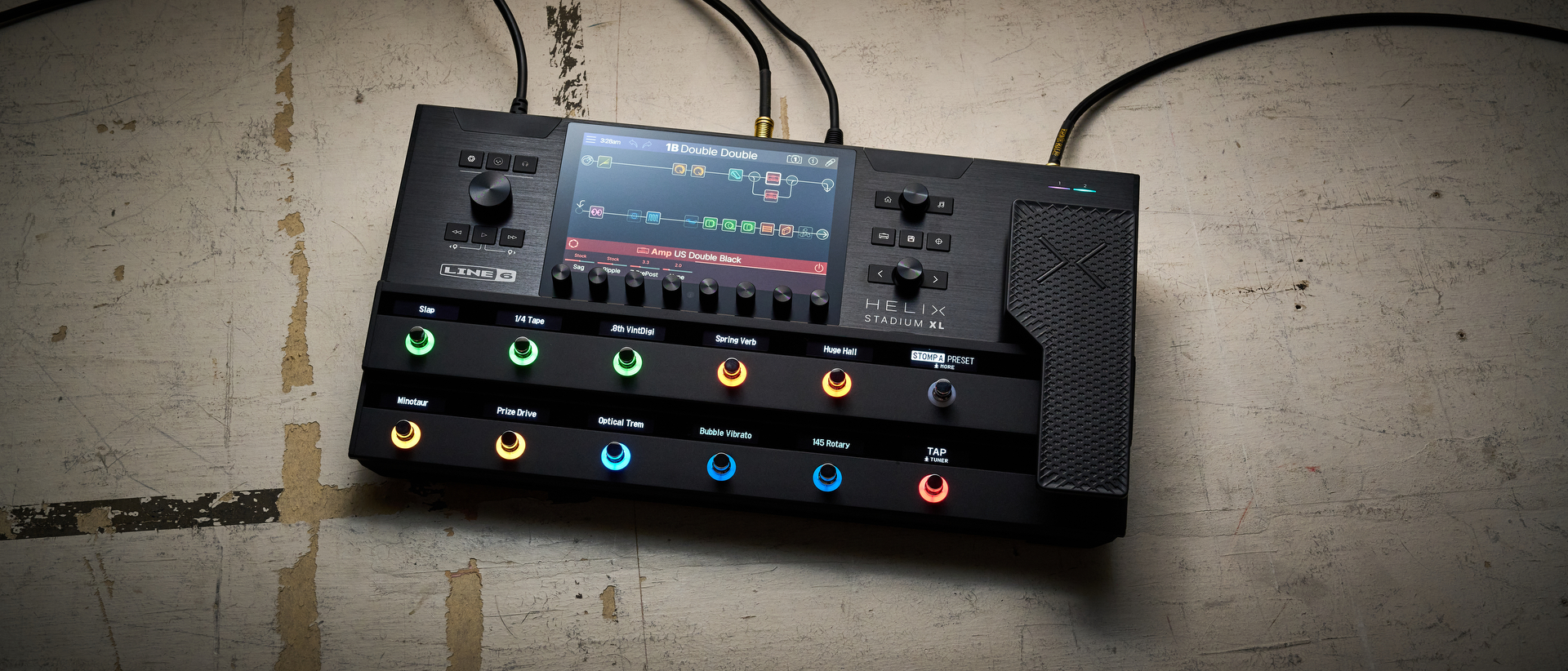Guitar wisdom you can learn from Berklee professor and John Mayer mentor Tomo Fujita
Using the jazz melodic minor scale as a launch pad, this lesson unpacks some of Professor Fujita's signature approaches to melding blues with jazz, and finding new avenues for musical exploration

Tomo Fujita has been a professor at the prestigious Berklee College of Music in Boston for over three decades. In this time he’s taught literally thousands of students in person and in recent years he’s extended this reach by actively engaging with the on-line community to great effect.
Previous Berklee students include wonderful players such as Eric Krasno from Soulive and Adam Smirnoff from the band Lettuce, although undoubtedly Fujita’s most well-known association is with superstar sensation John Mayer, who Tomo famously encouraged to abandon his studies at Berklee after one semester, to commit fully to achieving his true potential as an ambitious talented songwriter and artist. It’s a decision that proved to be pivotal in establishing Mayer’s remarkably successful career.
A fantastic player and artist in his own right, Tomo’s sound is a perfect balance of authentic feel-based phrasing, coupled with a harmonic and rhythmic sophistication that shows that he has really done his homework. So you can hear Larry Carlton-esque lines combined with Albert King-style bending, moving through Charlie Parker-inspired bebop ideas morphing into something that might evoke the feeling of BB King.
This is all encapsulated cohesively to create a style that is compelling, engaging and at times very funky. While we’d obviously encourage you to experience Fujita’s playing first-hand, you should also check out his tuition material, via his website, the appropriately titled tomojustfunky.com, where you can also connect to his latest online endeavour, Tomo Fujita’s Guitar Wisdom.
The musical examples that follow explore just one facet of Tomo’s playing, but this is an idea that he employs frequently in his improvisational style. The melodic minor in jazz education differs slightly from the conventional classical scale of the same name (leading institutions such as Berklee to adopt the moniker ‘Jazz Melodic Minor’ when referring to it).
In classical music, the scale ascends and descends slightly differently to accommodate different resolution properties when either rising or falling to approach key chord tones (ascending: R-2-b3-4-5-6-7, descending: R-b7-b6-5-4-b3-2-R), in jazz and contemporary music education we generally employ the exact same notes in both ascending and descending forms: R-2-b3-4-5-6-7.
This makes harmonisation, creating melodic sequences and finding all of the potential modes more practical (where each component note has the potential to create its own centre of harmonic gravity by being considered as a point of resolution around which the notes revolve).
All the latest guitar news, interviews, lessons, reviews, deals and more, direct to your inbox!
It’s the application of these sounds that allow players like Tomo the option to use at least five different (jazz) melodic minor options against a relatively harmonically simple 12-bar blues. It’s this potential that we’re exploring here today.
Not only will you learn some super-hip lines, but these ideas will also open to doorway to a potentially infinite number of ideas of your own invention. If you’re prepared to be patient, studious, inquisitive and creative in your explorations, that is. I’m sure Tomo would be right behind you on this journey.
Get the tone
Amp settings: Gain 2, Bass 4, Middle 5, Treble 6, Reverb 3
Tomo favours the clarity of single coils, and has a fondness for short-scale Fender electric guitars like the Musicmaster. He likes the tone clean, particularly when trying new ideas or working on technique.
So, go easy on the reverb, dial in a clean tone and leave some headroom on the volume control. Tomo suggests setting it around 7, giving you the option to boost or cut your level without resorting to pedals or changing settings at the guitar amp.
Example 1. Tomo’s melodic minor lines over a shuffle blues
Here we see five possible situations for using the jazz melodic minor scale (R-2-b3-4-5-6-7) against a 12-bar shuffle in the key of G. In 1a) we’re using D melodic minor (D-E-F-G-A-B-C#) against our I7 chord of G7 for a Lydian b7 sound against our G root (R-2-3-#4-5-6-b7). In 1b) we’re choosing the melodic minor one semitone higher than the root of a functioning dominant to give us the altered sound.
This works as our G7 becomes the dominant chord of C7 just before the transition. In Ic) we see more Lydian b7 action, but against Eb7, the bVI7 in our key of G. For 1d) we see a similar relationship against the IV7, here C7. We round things off with another Superlocrian sound (R-b2-#2-3-b5-#5-7), but used against the slightly more visible V7 -I resolution, D7 moving towards G.
Example 2. Melodic minor definitions
As this lesson deals with melodic minor, it makes sense to map out our harmonic and melodic tools to see a range of possibilities. This example begins in 2a) by defining just one possible fingering for D melodic minor (D-E-F-G-A-B-C#).
This is a good candidate for our G7 (I7) chord, but do transpose this pattern through all keys and in as many positions as you can. In 2b) we look at available triads from within this fingering, while 2c) expands this concept by adding a 7th to each arpeggio, following a pattern of ascend-one, descend-one.
We round things off with one pentatonic option from each scale degree. Some of these sounds may be new to you, such as Dm6 pentatonic (D-F-G-A-B) or Fmaj7(#4,#5) pentatonic (F-A-B-C#-E); take note of new sounds that you like and study these in isolation.
Example 3. Full piece
We round off this study by focusing on how Tomo uses melodic minor in a blues setting with a piece based around three choruses of a 12-bar shuffle in G.
We begin by defining the harmony and showcase a selection of three-note chord voicings. Tomo is a fantastic rhythm player and this could potentially be an area we could explore in these pages.
The second and third choruses illustrate a contextualised approach to the ideas from Example 1, again using the various melodic minor juxtapositions, so make sure you line the phrases up against the harmony on a bar-by-bar basis to see the relationships.
When transferring ideas from the world of jazz to blues, notice how the eighth-note (two-notes per beat, which rules in jazz) becomes the more triplet based feel of the blues idiom. Enjoy your time with the jazz melodic minor and do check out more on Tomo – he’s a stunning tutor and performer!
John is Head of Guitar at BIMM London and a visiting lecturer for the University of West London (London College of Music) and Chester University. He's performed with artists including Billy Cobham (Miles Davis), John Williams, Frank Gambale (Chick Corea) and Carl Verheyen (Supertramp), and toured the world with John Jorgenson and Carl Palmer.

